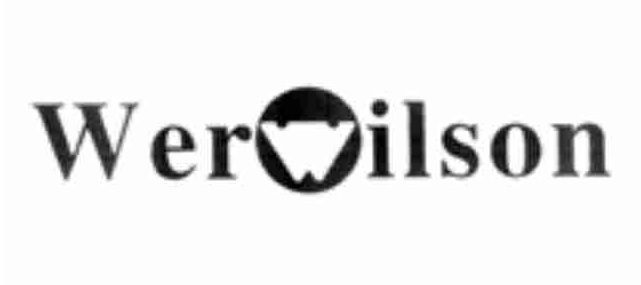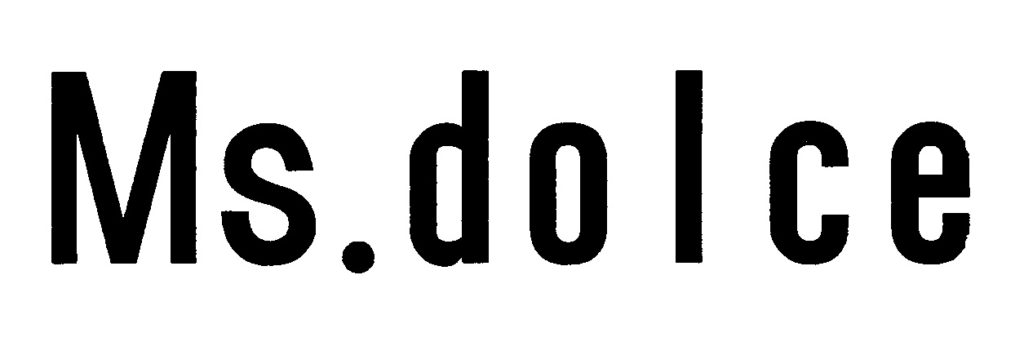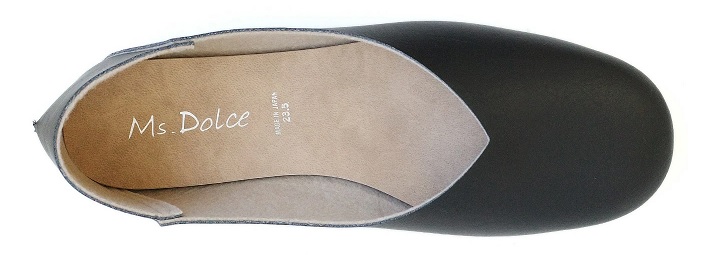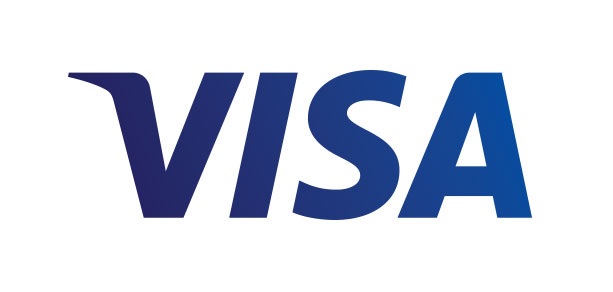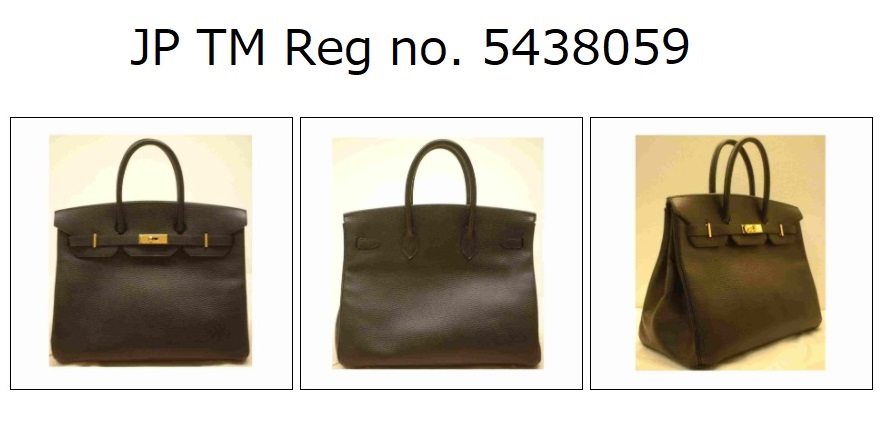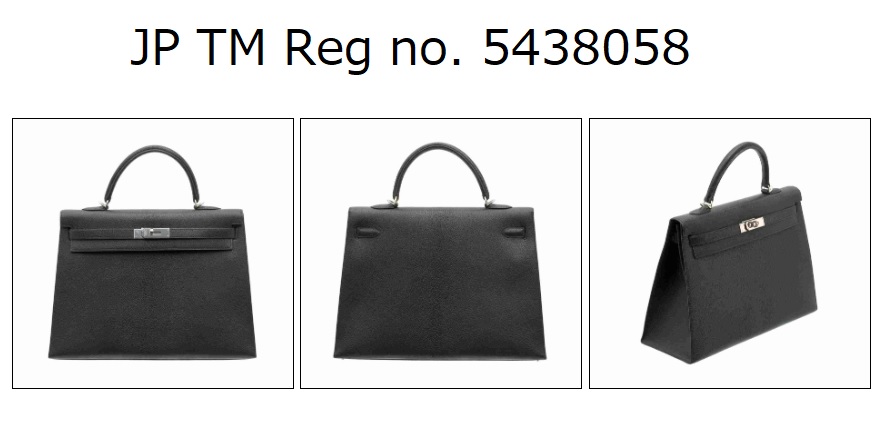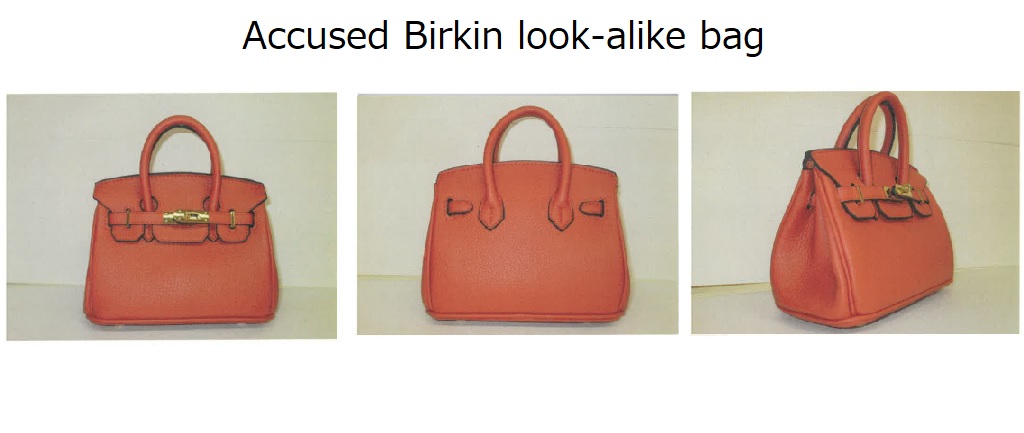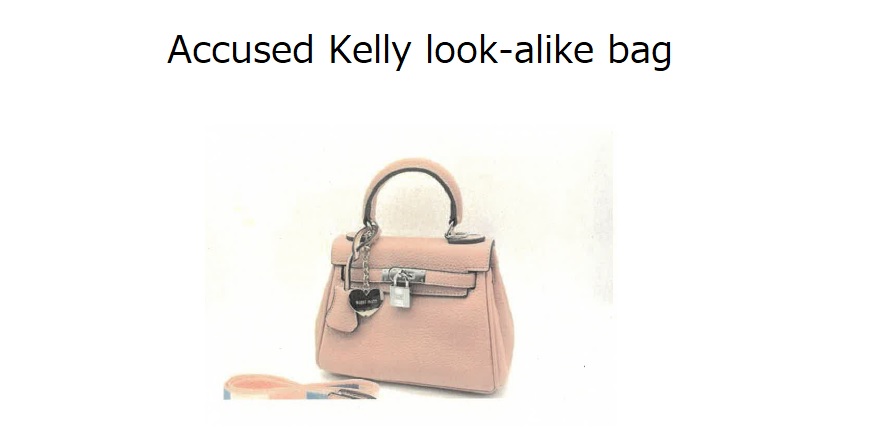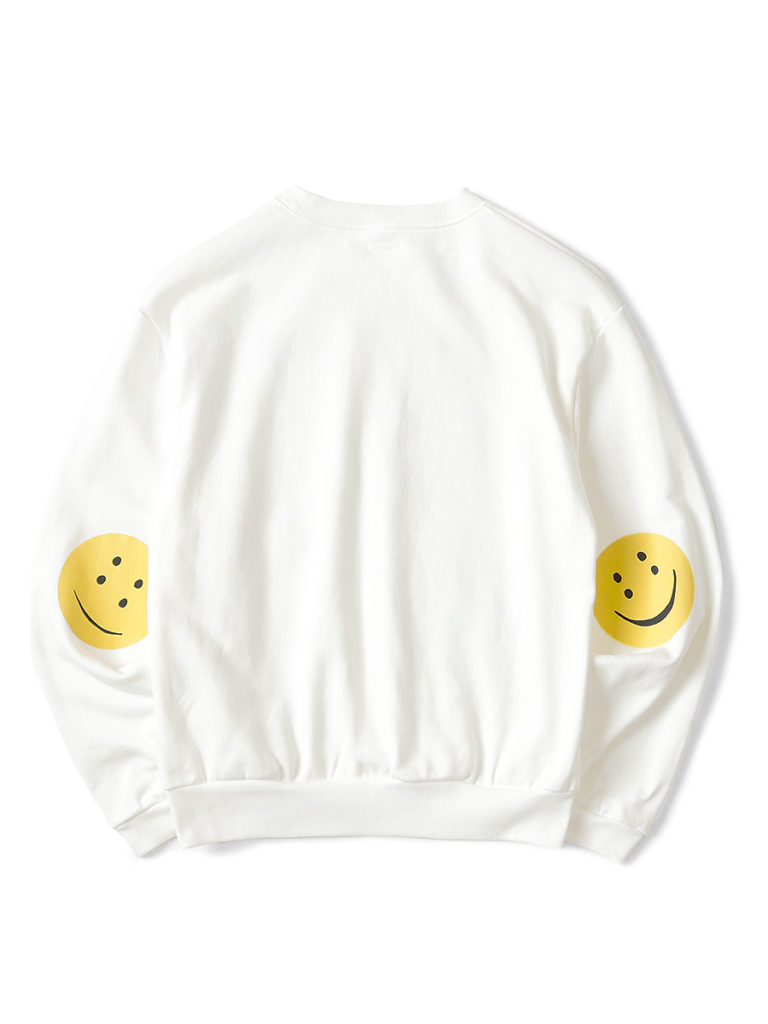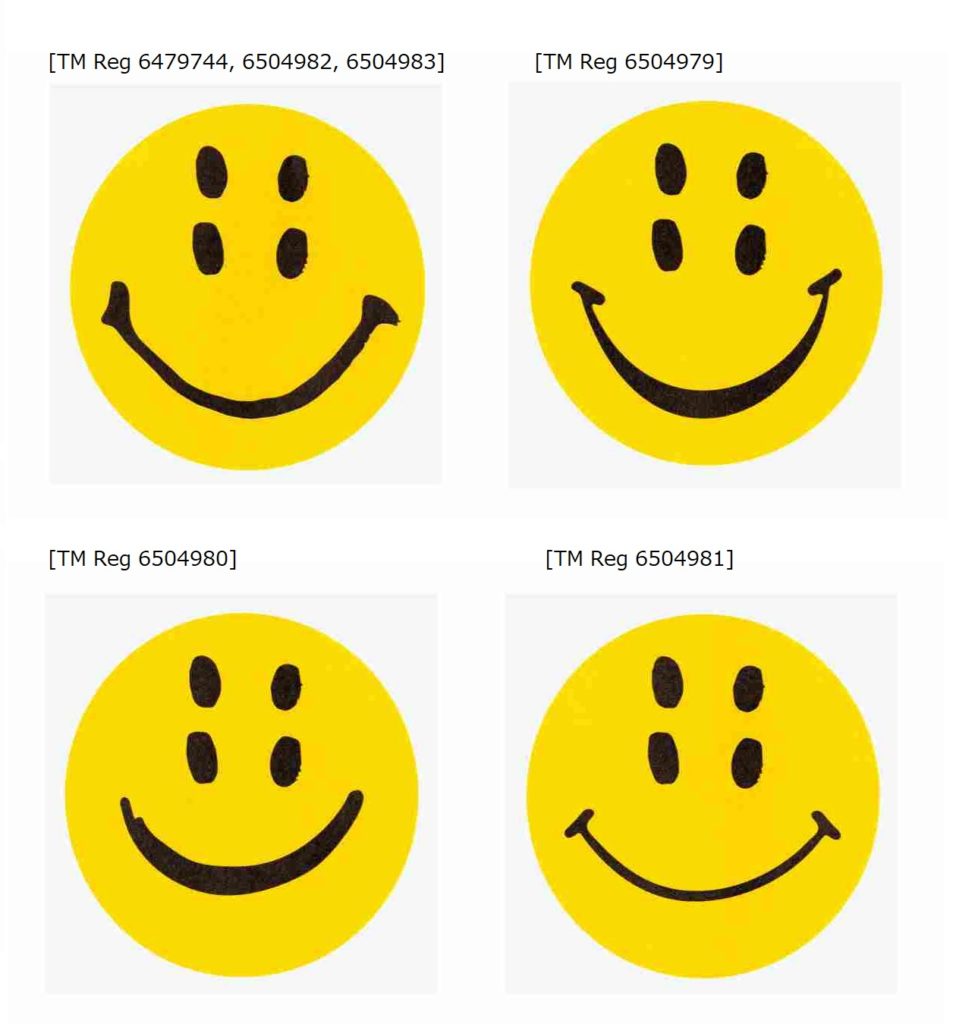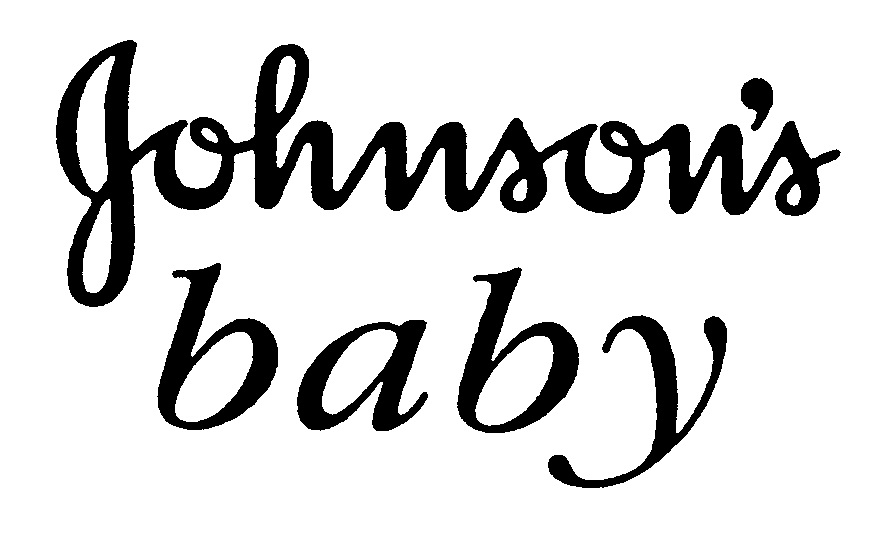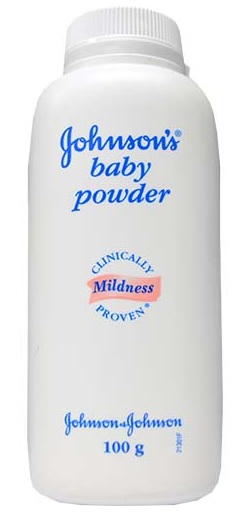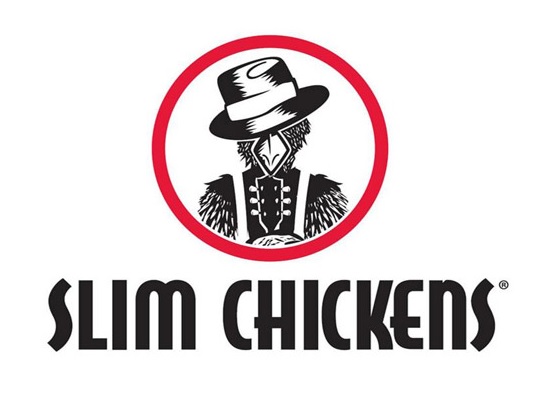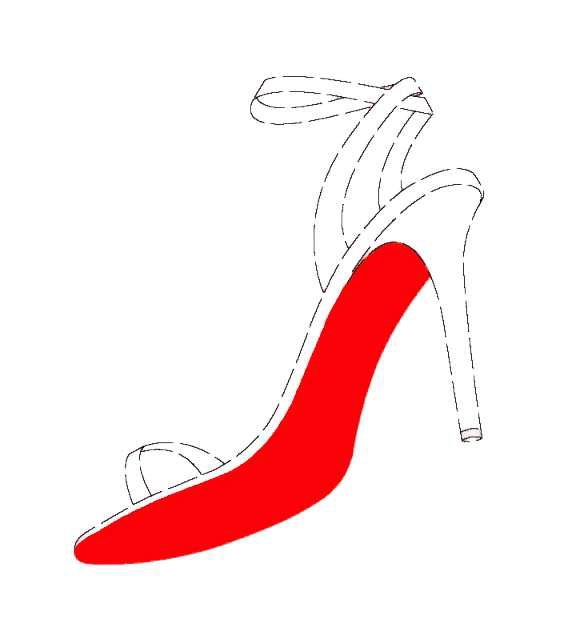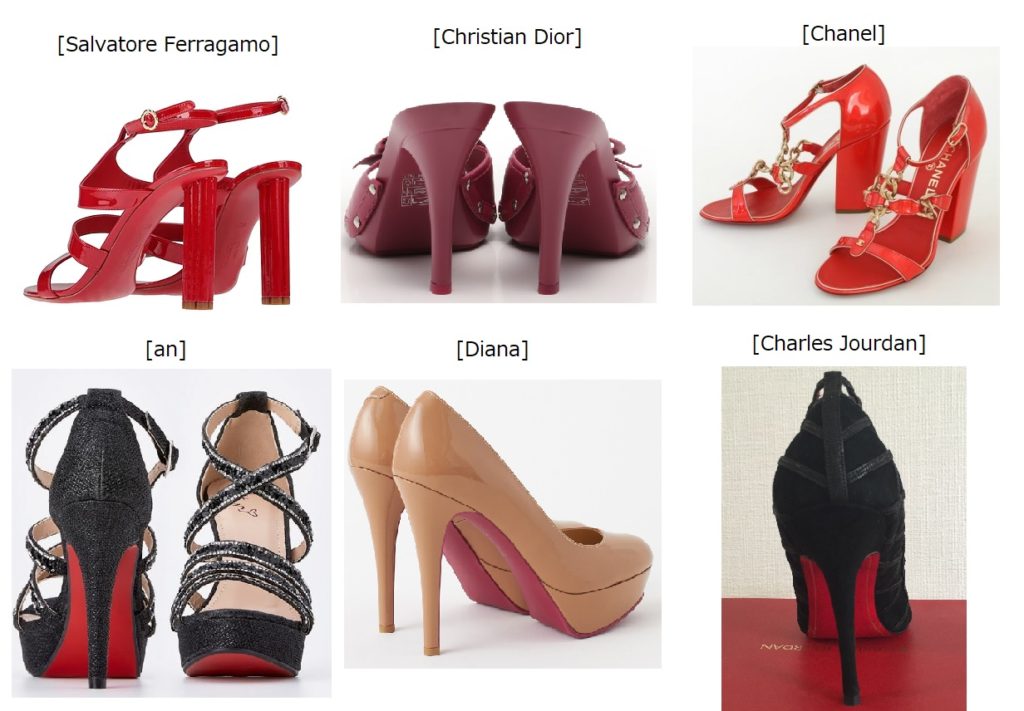The Japan Patent Office (JPO) dismissed an opposition filed by L’Oréal against TM Reg no. 6520304 for the wordmark “NOREAL” in class 3 due to dissimilarity to the L’OREAL mark and unlikelihood of causing confusion with L’Oréal.
[Opposition case no. 2022-900195, decided on April 5, 2023]NOREAL
The opposed mark, consisting of the wordmark “NOREAL” in standard character, for use on cosmetics, soaps, shampoos, perfumes, fragrances, and other goods in class 3 was filed by a Japanese individual with the JPO on May 20, 2021.
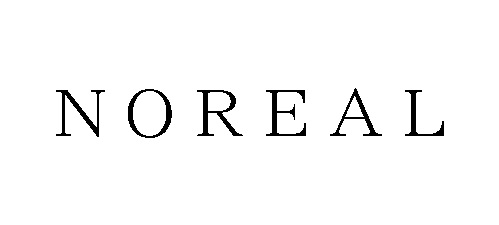
The JPO examiner, without raising any objection, granted protection of the opposed mark on January 7, 2022. Subsequently, the mark was published for post-grant opposition on March 9, 2022.
Opposition by L’Oréal
Global cosmetic giant L’Oréal filed an opposition on May 10, 2022, and claimed the opposed mark shall be canceled in contravention of Article 4(1)(xi) and (xv) of the Japan Trademark Law.
In the opposition brief, L’Oréal argued, given a close resemblance in appearance and sound between the world-famous mark “L’OREAL” and the opposed mark “NOREAL”, there is a high degree of similarity between the marks and thus relevant consumers of goods in question are likely to confuse a source of cosmetics bearing the opposed mark with L’Oréal or any entity economically or systematically connected with the opponent.
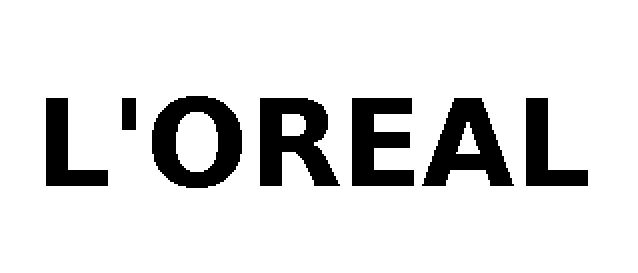
JPO decision
Astonishingly, the JPO Opposition Board found it unobvious from the produced evidence that the L’OREAL mark has been highly recognized as a source indicator of the opponent among a wide range of consumers.
On the assessment of the similarity of marks, the Opposition Board considered a difference between “N” and “L'” at the beginning of respective marks would play a significant role in distinguishing the appearance and sound of wordmark and have a substantial influence on the visual and aural impression of two marks, which consist of relatively few letters, as a whole. Therefore, the Board has a reason to believe that both marks are sufficiently distinguishable in appearance and sound. Since both marks do not give rise to any specific meaning, it is unable to assess the conceptual similarity of the two marks. Based on the above findings, the Board found both marks are dissimilar from visual, aural, and conceptual points of view.
Due to insufficient brand recognition of the L’OREAL mark and the low degree of similarity between the two marks, “NOREAL” and “L’OREAL”, the Board has a reason to believe relevant consumers are unlikely to confuse a source of cosmetics bearing the NOREAL mark with L’Oréal regardless of overlapping goods and consumers.
Based on the foregoing, the JPO did not side with L’Oréal and decided the validity of the opposed mark as the status quo.

